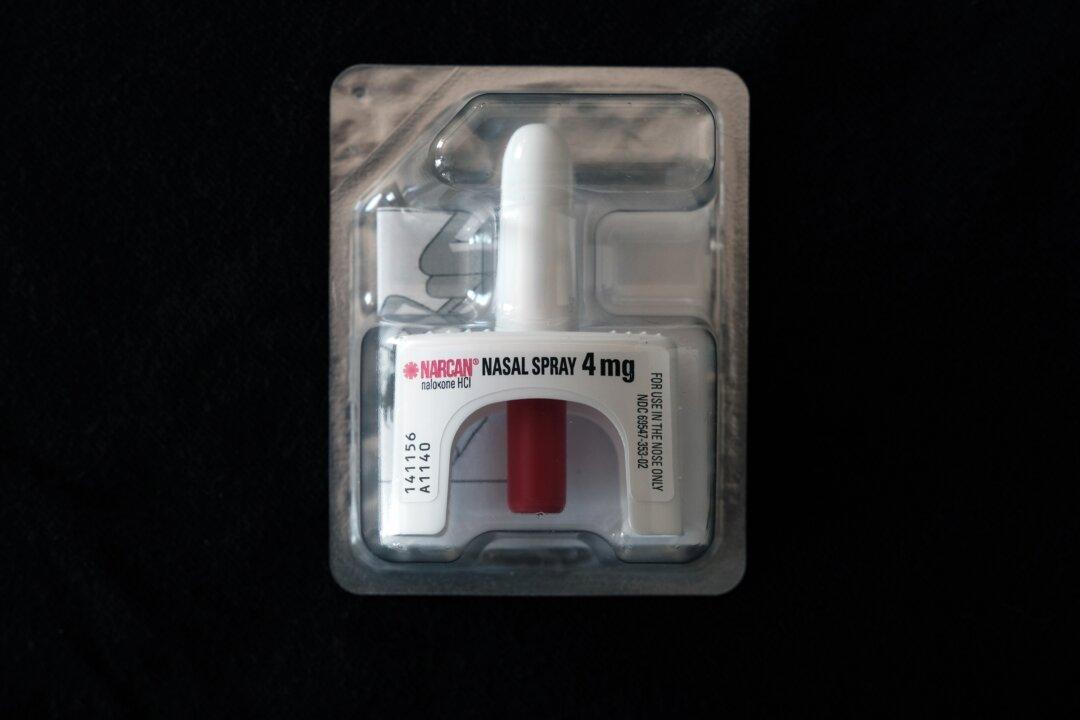More and more federally funded, controversial projects that came as part of pandemic-relief spending passed by Congress are coming to light, and few of them do not have anything to do with COVID-19.
Citizens Against Government Waste released its annual breakdown of the last year’s “nightmarish” federal spending in honor of Halloween. The report highlights several taxpayer-funded projects, many of them coming from the trillions in “COVID relief” passed through three congressional spending bills.





